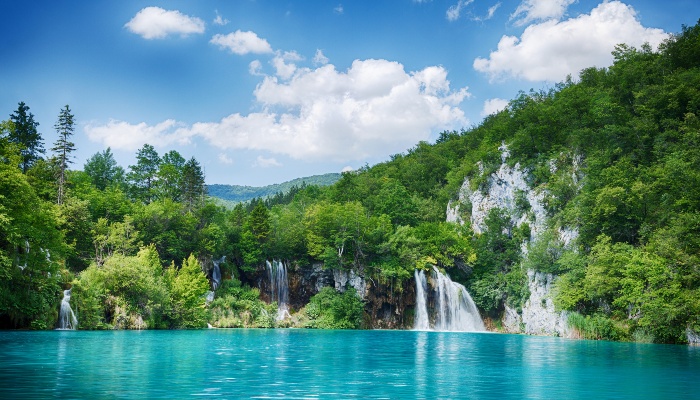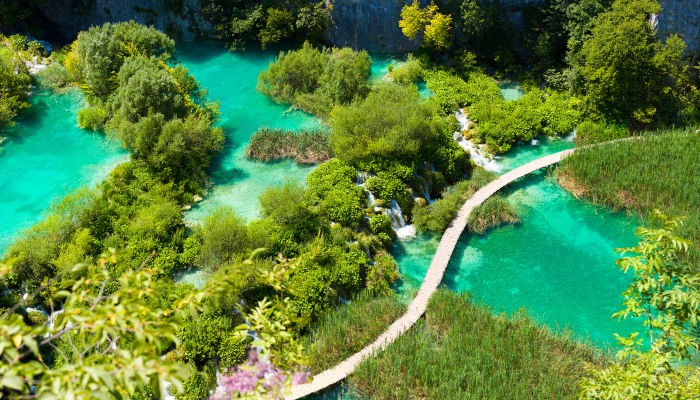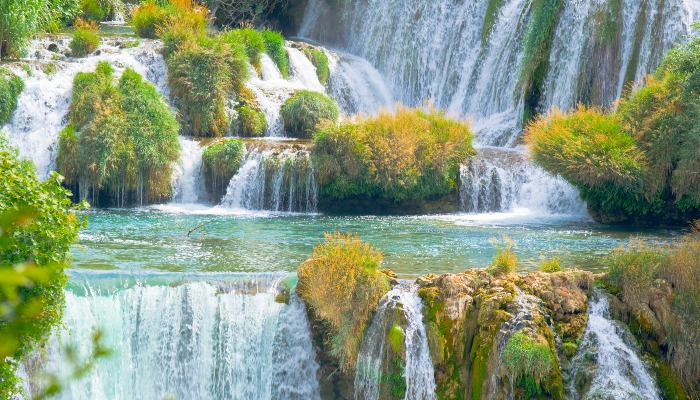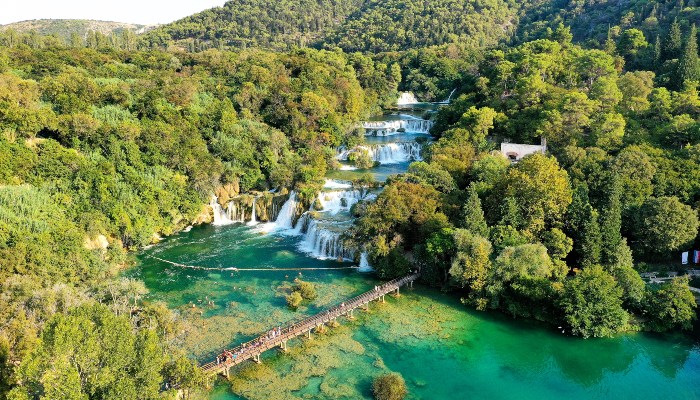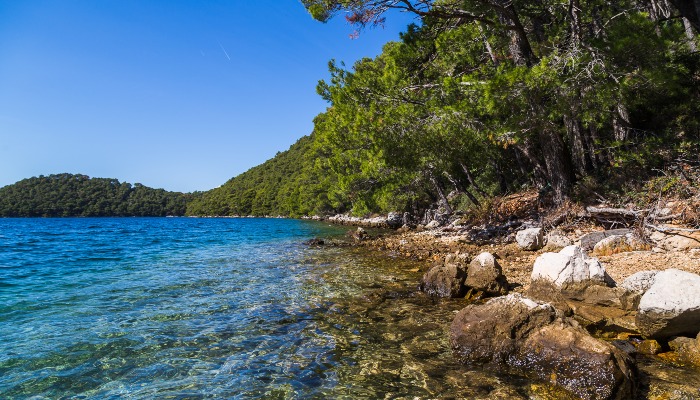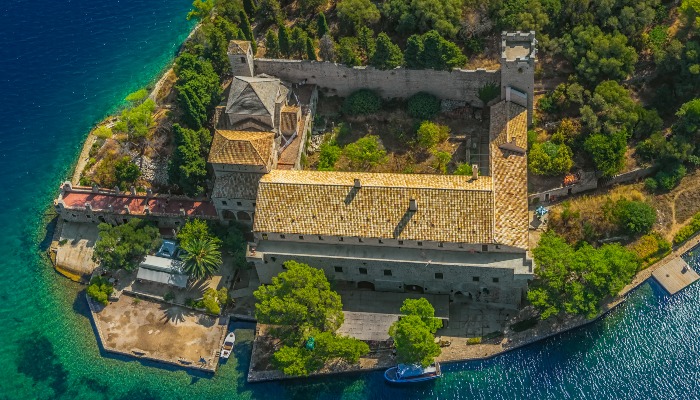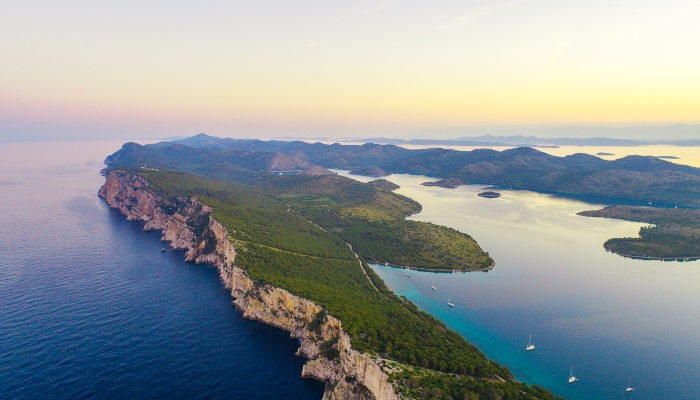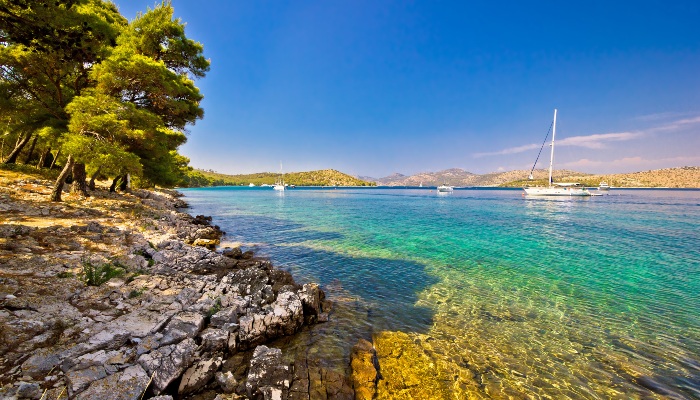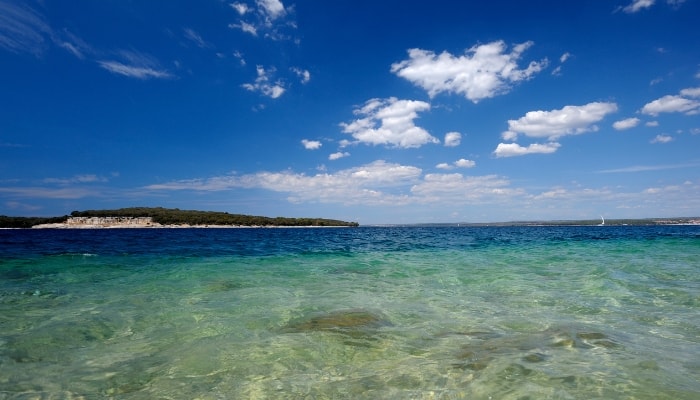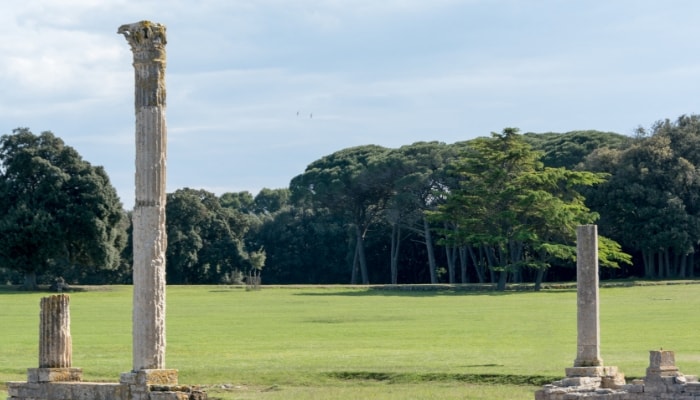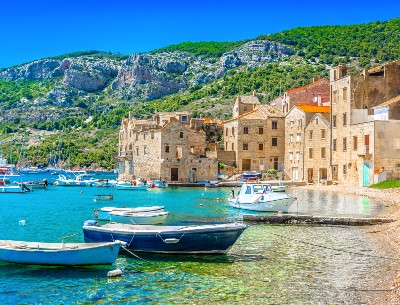There is much more to Croatia than blissful beaches and dreamy historic towns with cobbled streets and centuries-old architecture. As impressive as they are, for those who want to enjoy unspoiled nature, you’ll find plenty. This versatile country is also home to eight stunning national parks and 11 nature parks, including some that have become world-famous thanks to their striking beauty with images often going viral, such as Plitvice National Park with its endless waterfalls and lakes in dazzling shades of brilliant greens and blues. In Croatia’s national parks, you can forward to breathing in fresh air while enjoying stunningly wild landscapes with eagles soaring through the skies, bears roaming the forests, and bottlenose dolphins leaping through pristine Adriatic waters.
This country has been prioritizing and preserving nature, with great respect for the environment, balancing the demands of the increasingly growing tourism industry while protecting the land and water, flora, and fauna. While its villages and cities have plenty to offer, from Dubrovnik and Split to Zadar and Zagreb, a visit to these national parks practically guarantees that all stress melts away while immersed in some of our planet’s most glorious nature. Welcome to Croatia’s best national parks.





